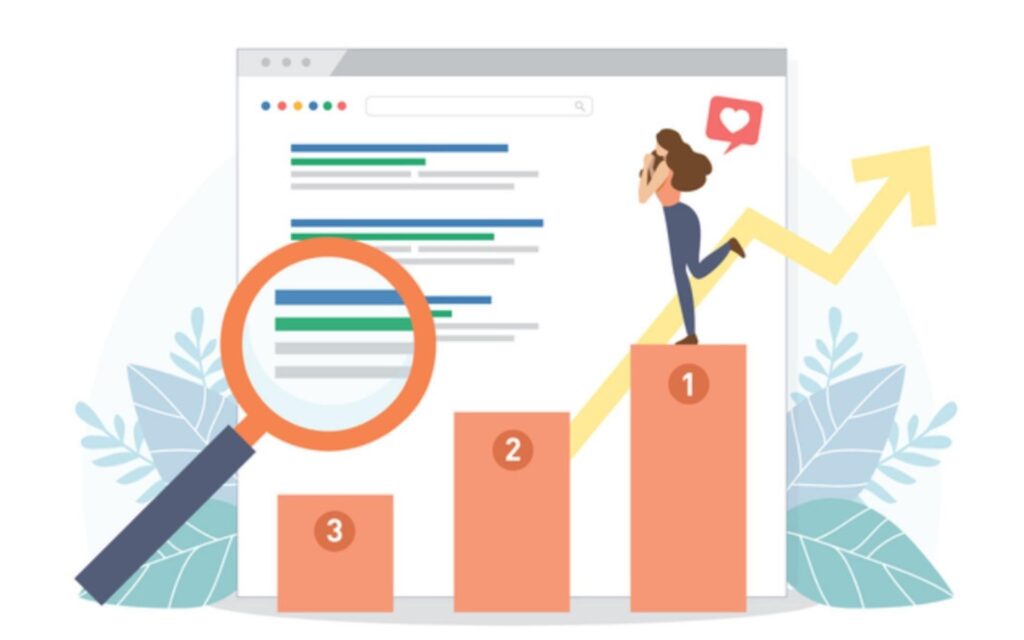6 Keys To Effective Content That Ranks High On SERPs Right Now

These six key points will help you create compelling blog posts that interest your audience and keep them reading.
It is a common saying that content is king.
What makes great content? How can you create content that ranks high on Google and drives business outcomes?
On September 7, Kyle Byers, Director for Organic Search at Semrush, moderated a webinar.
Byers showed viewers how to create and distribute content that increases traffic and converts.

More traffic = Higher Google Rankings
Higher-quality content can help you rank higher. This is evident with Google, which focuses more on user experience indicators such as click-through rates, bounce rates, and pogo, among others.
How much difference does it make?
- Position #1 gets 10x+ traffic for a single keyword.
- The best-ranking content can rank for more keywords and bring in up to 30x more traffic.
In other words, quality is more essential than quantity when it comes down to content.
It’s often worth the effort if you can get 30x more traffic by writing a better article.
#1: Search Intent
Search intent should be the first thing you focus on when writing content.
What is search intent? It’s giving people the information they need.
Consider the following details:
- Format (listicle/how-to-guide, review video)
- Headings.
- Depth.
- Are you looking for something more?
Next, consider the following factors when performing a SERP analysis:
- Top-ranking pages.
- Featured Snippets
- People also ask questions + about other features of the SERP.
#2: Speed to Value
Keep it short and to the point. Don’t waste anyone’s time.
Some readers only need the basics, while others require more detailed information.
Learn what your audience wants and then implement it.
Key #3 – Scannable
Nielsen Norman Group’s Eye-Tracking Study “F-Shaped” shows that readers scan content in an F-shaped format.
The eyes begin at the top left and move to the right. They then jump down and repeat the process.
They scroll down until they find the most relevant phrases or terms.
When writing for F-shaped scanning use these:
- “Information-carrying words” at the beginning of paragraphs.
- Subheadings.
- Bullet points
- Short paragraphs.
- In longer sections, bold vital phrases.
Key #4: Comprehensive Content
Keep in mind that your readers shouldn’t go back to Google. Make sure your piece is comprehensive to keep them on your site.
This is how you do it:
- Make content actionable.
- You can link to other reading/resources.
- A beginner’s guide to avoiding and defining jargon.
- Definition of the “job to do,” or helping the reader to explain what they are trying to achieve.
Key #5 – Up-To-Date Content
For several reasons, it is essential to update your content frequently:
- Poor user experience due to incorrect or outdated information.
- Traffic drops when people stop clicking on it and referring back to it.
- Changes in search intent
- Google updates
- Competitors provide new content.
Key #6 – Make Your Audience Talk
It is important to create an audience willing to discuss your content when competing with sites with higher Authority Scores.
Establish a system to get people talking about your content, so they will share and spread it. Also, could you link back to it?

